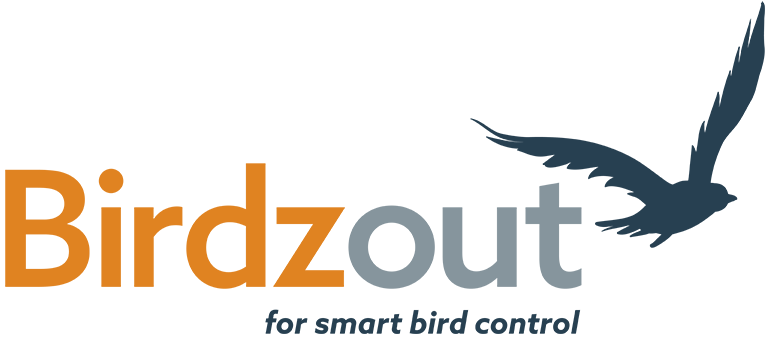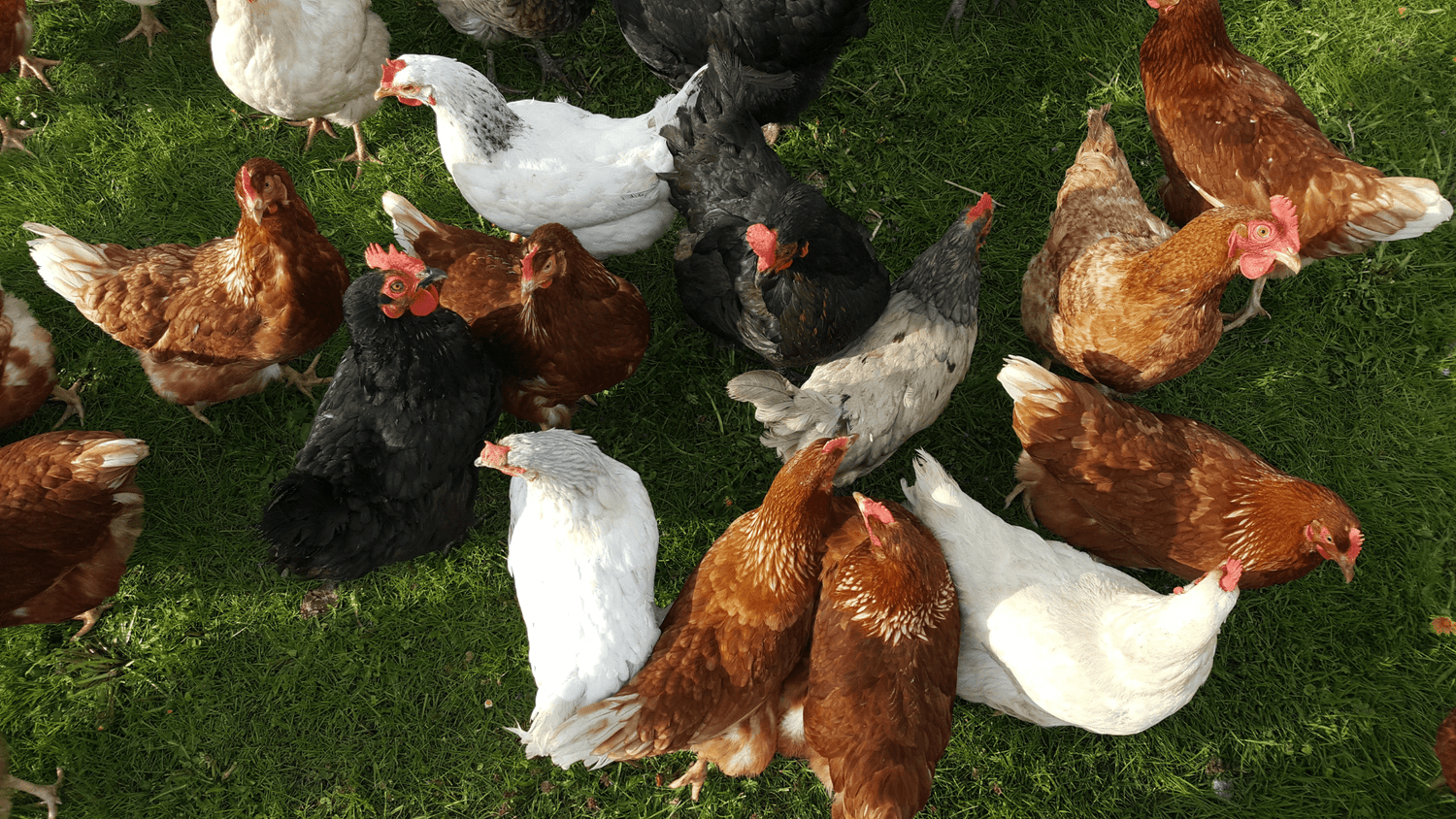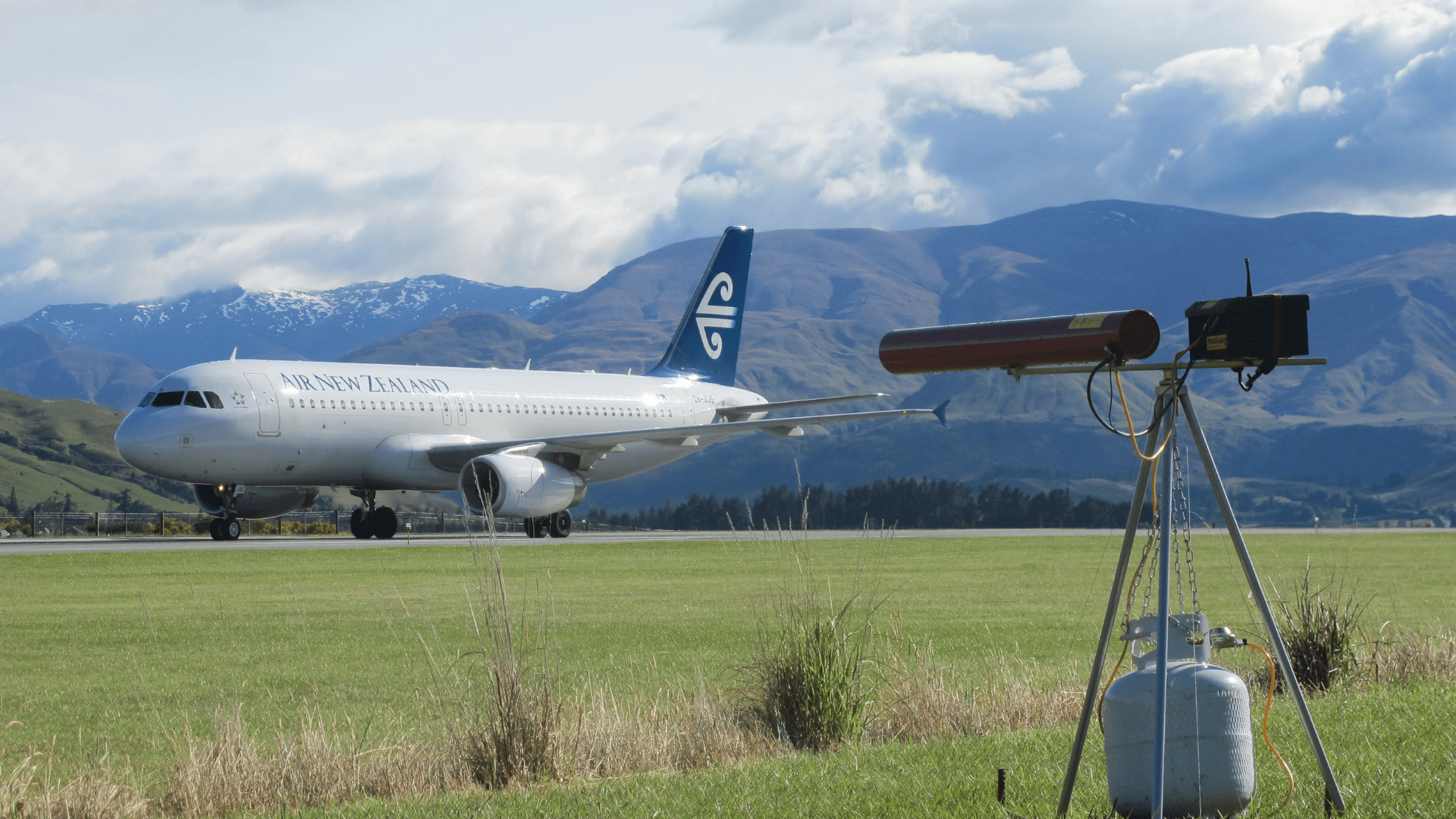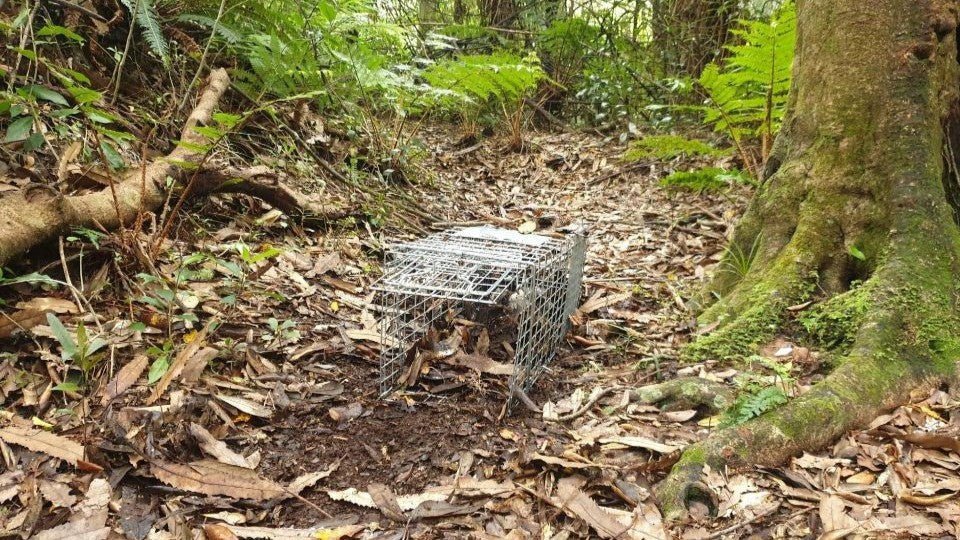Migratory wild birds are a major pathway for the introduction and spread of the disease commonly referred to as “bird flu” or more precisely, highly pathogenic avian influenza (HPAI).
-
Wider reach of recent strains
The strain Highly Pathogenic Avian Influenza H5N1 now adapts more easily to a broad range of wild bird species, and can spread across long distances via migration. -
Wild birds as carriers + interface with domestic birds
During migration, wild waterfowl, seabirds and other species may shed virus via faeces or secretions. When these wild birds either share water sources, roost near poultry sheds or contaminate feed areas, the risk to domestic birds escalates. -
Entry point for NZ’s biosecurity system
For a country such as New Zealand, currently free of widespread HPAI in wild birds, migrating species represent one of the key pathways for introduction.
Together, these factors mean that when migrating birds arrive or pass through, the risk of introduction or spill-over of HPAI into domestic/poultry systems is notably higher.
Time-Frame & Seasonal Risk
While migration is ongoing in many places, there are particular windows and conditions when the risk is elevated:
-
- Peak migration periods: Many waterfowl and seabird species move between breeding and wintering grounds. These periods often coincide with autumn and spring in temperate regions.
- Arrival of new populations: When birds arrive in new territory, they may carry the virus from another region. The introduction risk is highest when a large number of birds converge or begin to mix.
- Overlap with poultry or domestic bird exposure: If migrating wild birds start using water sources (ponds, drains, open farm water) or roost near poultry sheds, that creates a higher-risk timeframe.
- Year-round vigilance required: While migrations create clear ‘spikes’, the virus can linger or be transmitted via persistent wild bird reservoirs.
In other words: you should treat migrating-bird arrival and peak movements as alert periods (Spring and Autumn) but maintain strong biosecurity and monitoring all year.
What You Can Do to Mitigate Risk
Since you already have strong interests in bird-control and biosecurity, here are actionable steps you can take – some build on the excellent guidance from the Ministry for Primary Industries (MPI)
Tighten Biosecurity Practices
-
- Clean and disinfect facilities regularly — yards, sheds, feed areas, water troughs. (MPI emphasises “good biosecurity now will give you the best chance of protecting your birds”.)
- Prevent access of wild birds to feed, water and sheltered roosting spots.
- Limit visitor access and movement in and out of poultry houses or hobby-flocks.
- Maintain separate clothing/footwear and have hand-wash protocols when entering bird-housing zones.
Minimise Wild Bird Contact & Roosting
-
- Ensure your barns and poultry sheds are designed or retrofitted so that wild birds cannot easily enter or roost.
- Remove or discourage standing water near poultry areas (which attract wild waterfowl).
- Use deterrents, netting, spikes or other mechanical solutions to restrict wild bird perching/roosting close to sensitive bird-housing. See our guide How to Reduce Wild Bird Presence Around Poultry for more detail.
- Regularly monitor for signs of wild bird activity near your flocks.
Surveillance & Reporting
-
- Be alert for unusual signs: sudden large numbers of dead or sick wild birds. DOC lists symptoms such as inability to fly/stand, twisted neck, tremors.
- If you suspect HPAI in wild or domestic birds: report it immediately via the MPI exotic pest and disease hotline
Be Prepared with an Action Plan
-
- Have a written or mental checklist: when migrating birds arrive, set your heightened-biosecurity mode (restrict wild bird access, inspect fencing, check nets/spikes and ensure lasers are operating.
- Maintain records of movements, mortalities, wild bird sightings.
- Engage relevant staff or family members so that everyone knows the rules for movement, cleaning, and reporting.
Invest in Structural and Technological Solutions
-
- Beyond daily practices, consider investment in physical deterrents or exclusion devices. View guide How to Reduce Wild Bird Presence Around Poultry for more detail.
- If you already monitor wild bird presence or have outdoor feed/storage, ensure those are covered, inaccessible to wild birds.
- See our guide Bird Flu – How to Combat It for more information
Don’t wait until your flocks are exposed.
Start your migration-period biosecurity check today: inspect your sheds for wild-bird access points, update your cleaning schedule, remove standing water, and review your visitor access policy. If you need tailored advice or solutions, contact us for a free recommendation.
Your proactive steps today could save you from major losses tomorrow.



